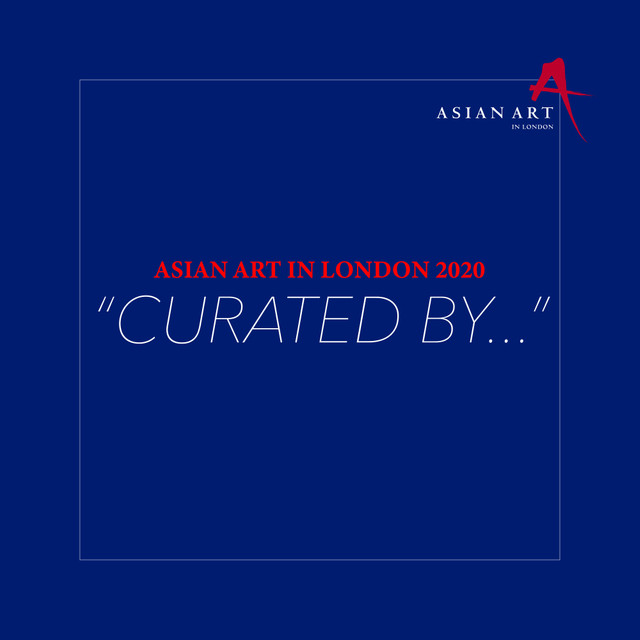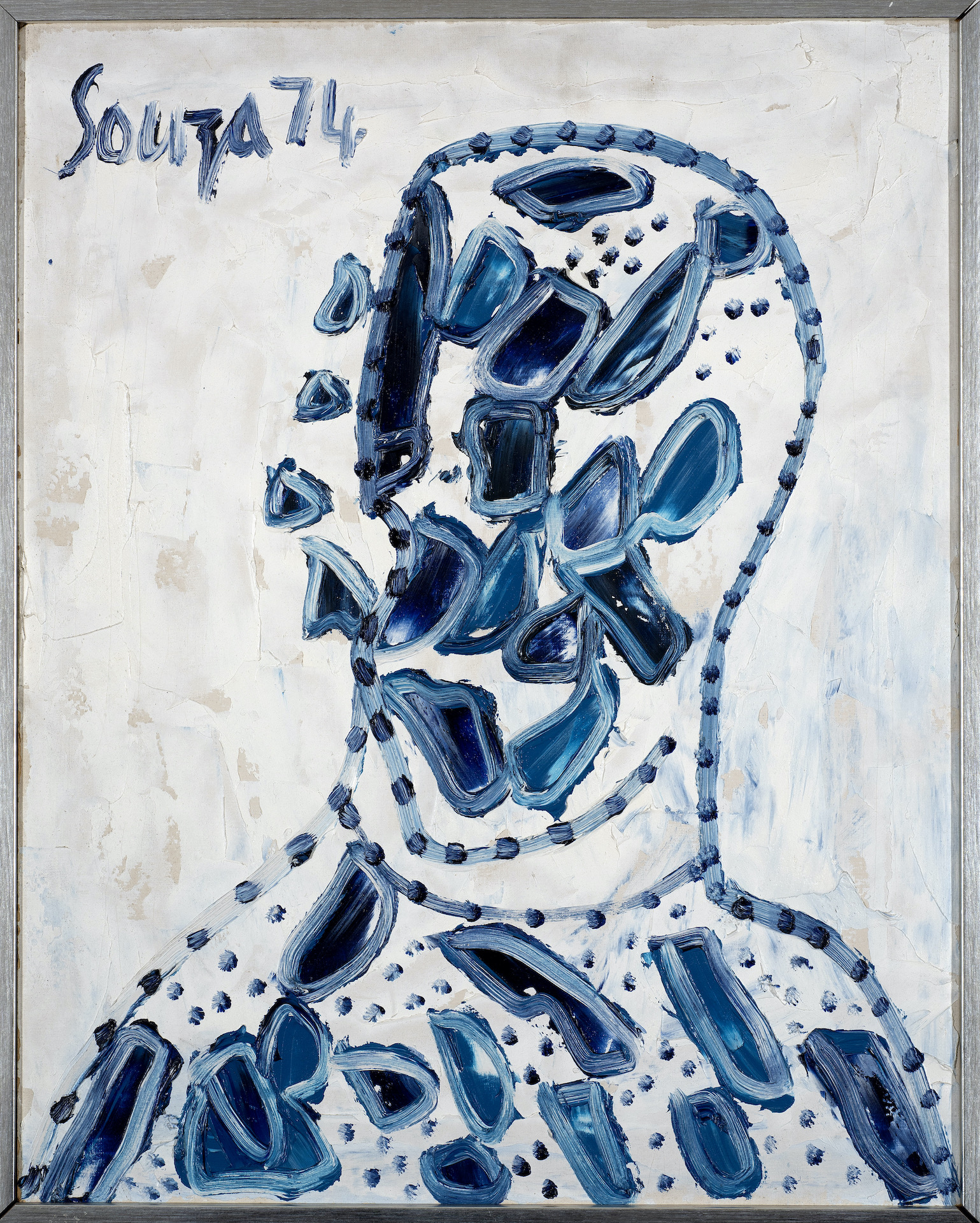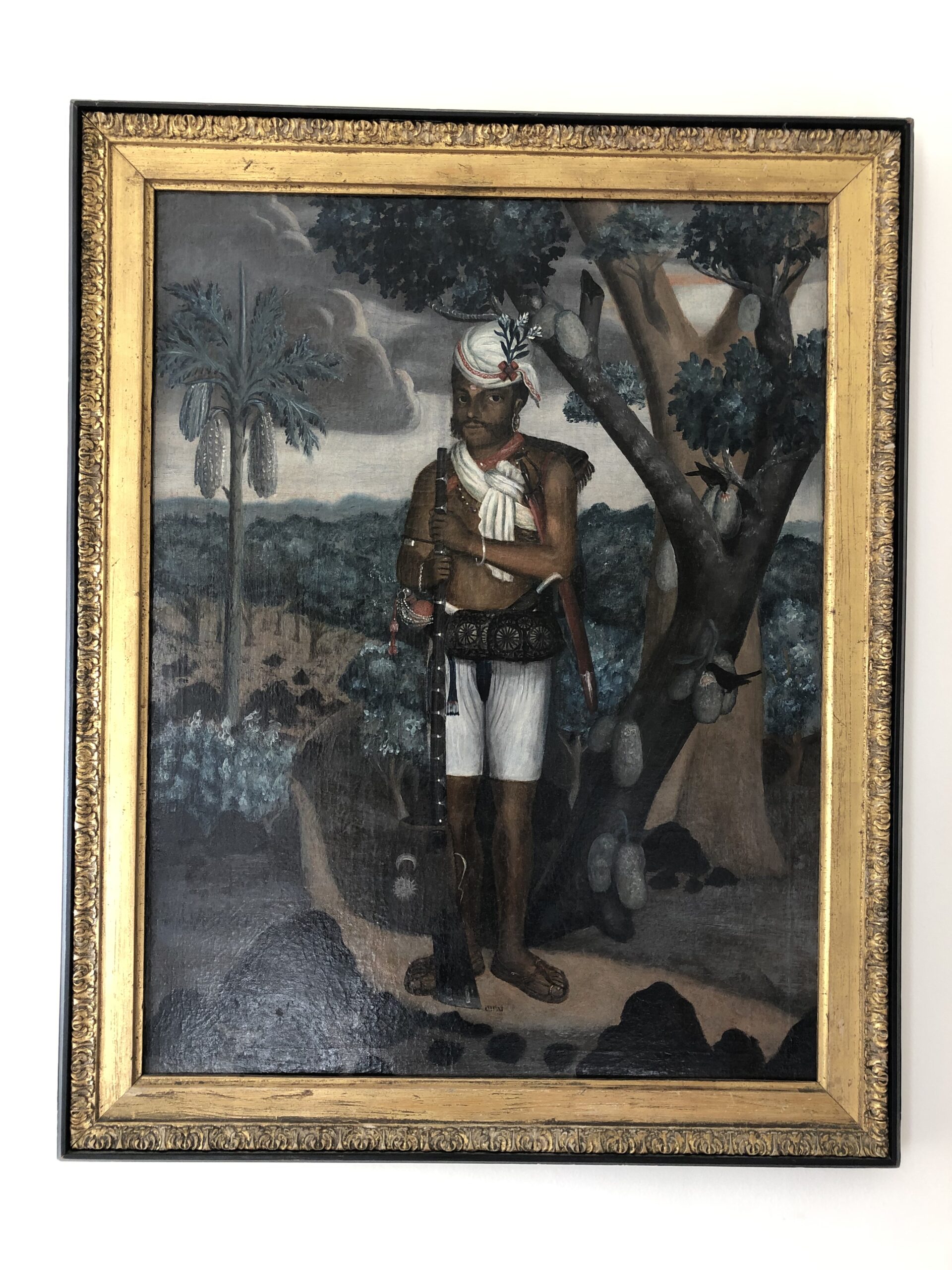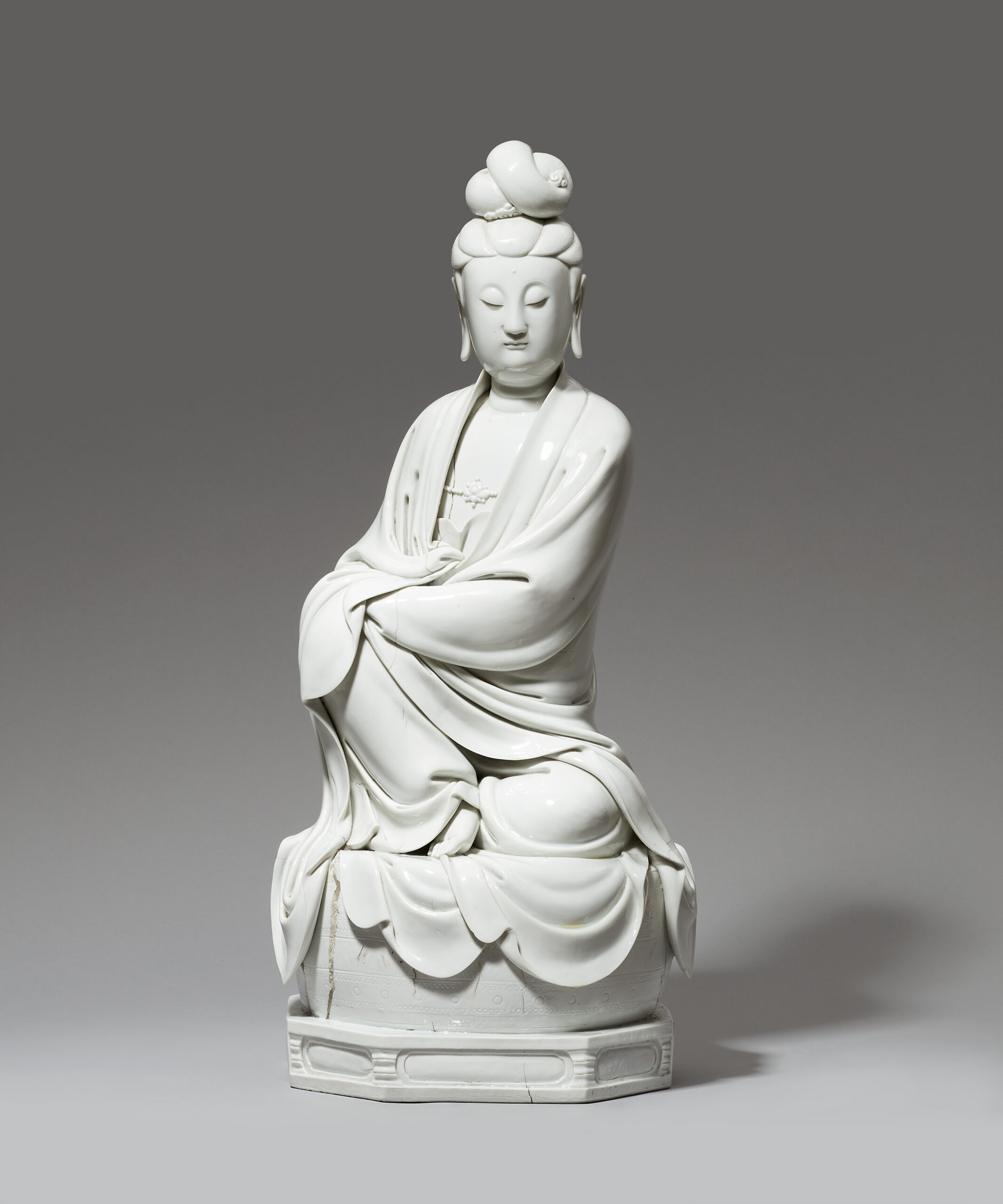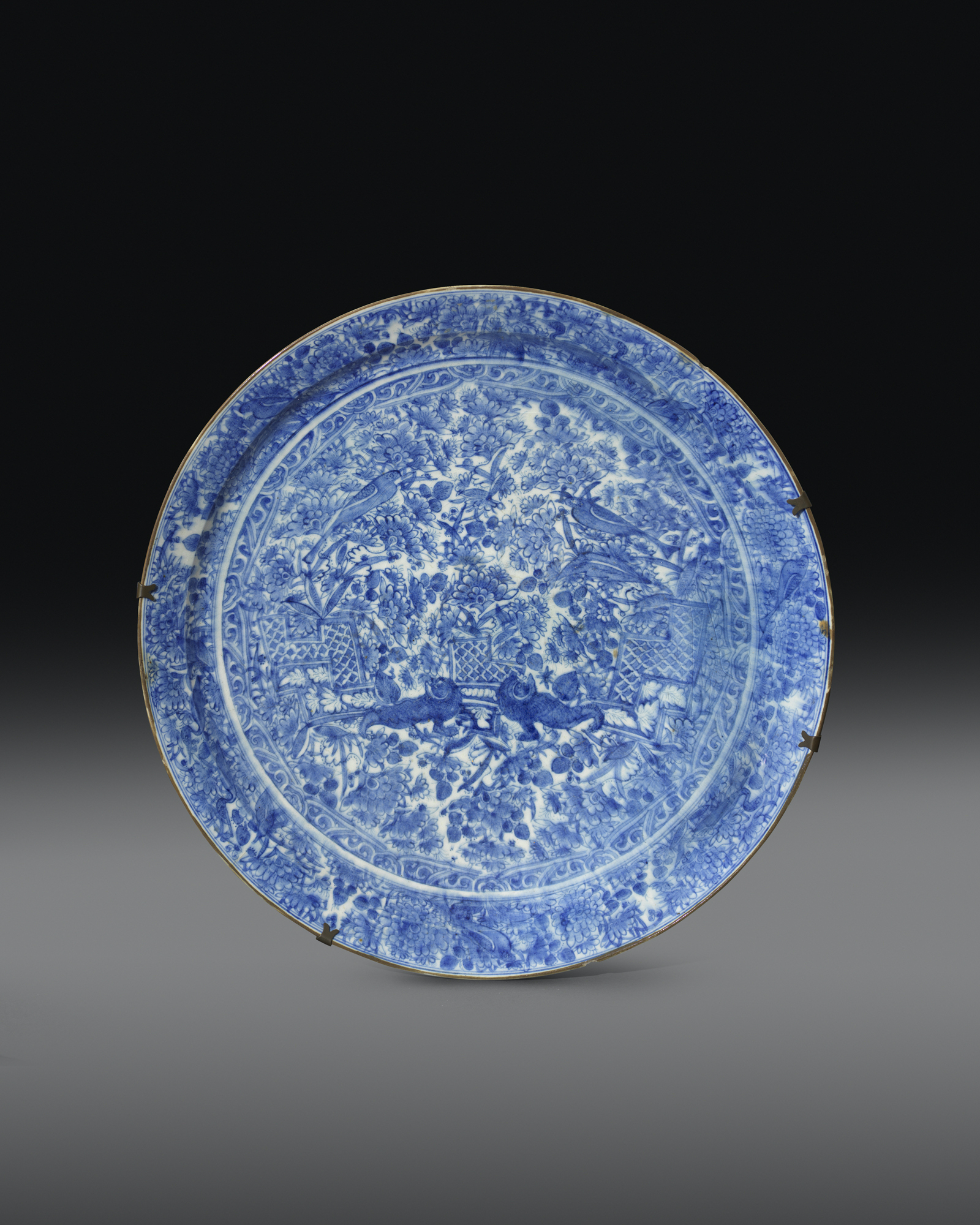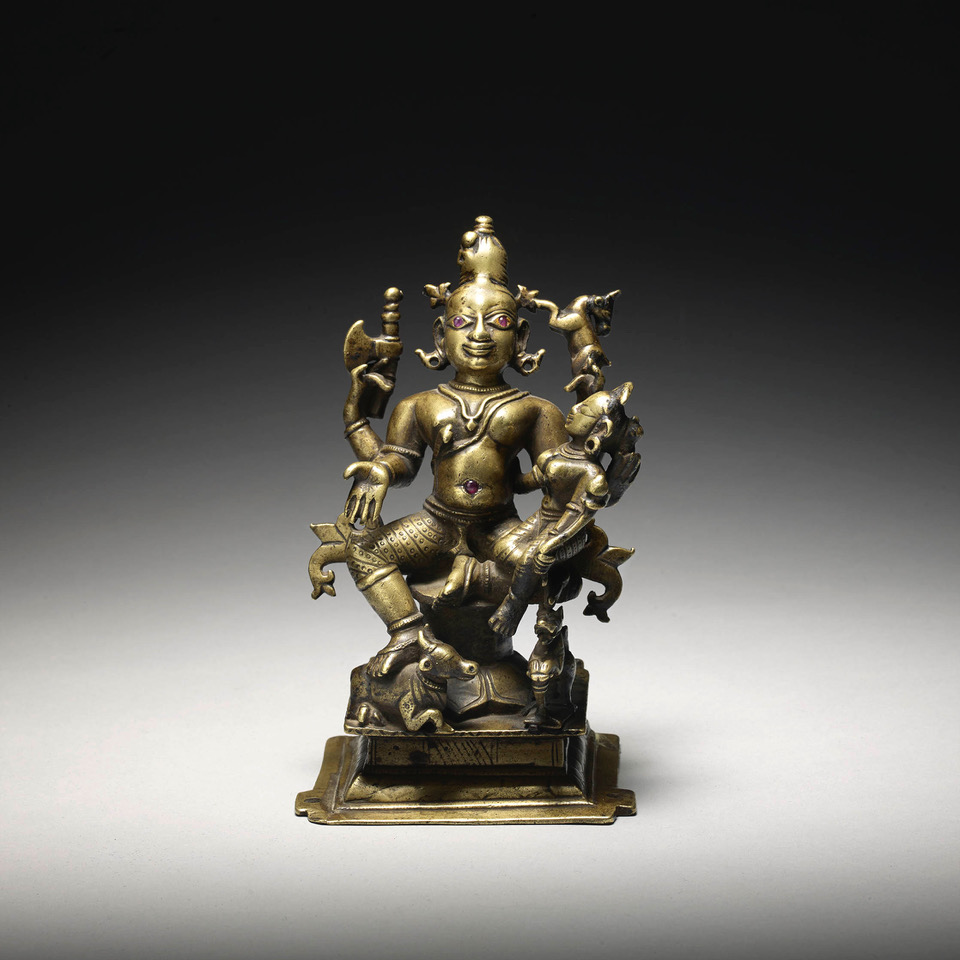Boon Hui Tan
Boon Hui Tan is Artistic Director and Co-curator of the Asia Society Triennial 2020. He is concurrently vice president for global artistic programs at Asia Society and director of Asia Society Museum, where he leads the organization’s global arts and cultural activities spanning visual arts, performing arts, literary arts, and film. As museum director, he oversees Asia Society Museum’s acclaimed exhibition programs and the Asia Society Museum Collection, which comprises the Mr. and Mrs. John D. Rockefeller 3rd Collection of traditional Asian art and the contemporary art collection of works by Asian and Asian American artists. Prior to this, he was assistant chief executive (museum & programs) at the National Heritage Board (NHB) in Singapore, where he oversaw exhibitions, programs, and outreach events across the Board’s museums, institutions, and divisions. In 2015, he was artistic director for Singapour en France, le Festival, the largest multidisciplinary presentation of contemporary culture from Singapore and Southeast Asia in France. As a curator and programmer, his research and writing interests focus on the contemporary artistic expressions of Southeast Asia and Asia, and the remaking of traditions among artists of today. Tan was a founding board member of the International Biennial Association. He was director of the Singapore Art Museum from 2009 to 2013, where he led the transformation of the museum into a contemporary art institution focused on Southeast Asia and assembled the largest public collection of contemporary art from the region. He was concurrently director of the organizing secretariat for the Singapore Biennale 2011. He initiated the regional focus and group curating approach which became the distinguishing feature of the Singapore Biennale 2013: If the World Changed, and served as a cocurator and project director.
F.N. Souza was one of the founding members of the Progressives Artists’ Group (PAG), which was established in 1947, the year that India gained Independence. Souza and his fellow members were forceful and at that time, controversial in their rejection of the revivalist approach of the Bengal School in favour of an eclectic style drawing upon folk art, miniature painting, classical Indian temple sculptures and various styles of western art. The resulting hybrid medley created a unique Indian modern art, and together with the diverse background of the group members, signaled the groups’ desire to move beyond the traditional divisions of religion, locality and caste. Souza’s work expressed his passion for absolute freedom from rules of technique and content, while at the same time a belief in plasticity of form, frequently constructing his paintings from bold, often thick strokes of paint. His departure for the USA marked the beginning of a difficult period for the artist, as his figurative style was less popular in the face of an abstract trend in the USA. This portrait from 1974 demonstrates the push and pull in his work between wishing to retain plastic form while keeping the freedom of the freedom and boldness of his strokes. Executed only in minimal blue strokes with little detailing, Souza retains his aggressive approach to portraiture in this small work that is both figurative yet abstract.
My Selection
Forge & Lynch
Portrait of a Sepoy,
Indo-Portuguese, late eighteenth century,
oil on canvas,
63.3 by 49.8 cm.
Forge & Lynch
A large Safavid blue and white pottery dish
Persia, late seventeenth century
53.8 cm. diameter; 10.6 cm. height
Joost van den Bergh
A brass shrine depicting umamahesvara
Western India, circa 18th century
Height: 16 cm, 6 ¼ in
Width: 10 cm, 4 in
